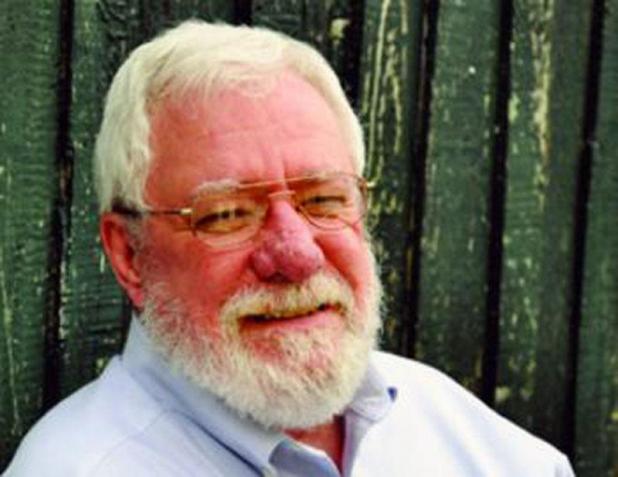
Jim Bradshaw
Why so much music?
Why does so much Louisiana French music come from the prairies of Evangeline Parish and western St. Landry?
Musical traditions such as the long-running Saturday morning broadcast from Fred’s Lounge in Mamou are rooted in a much longer tradition. Ville Platte has been designated by the Louisiana Legislature as the “Swamp Pop Capital of the World” because of the town’s major role in the development of swamp pop music. Floyd Soileau’s JIN Records, the label that has produced more swamp pop acts than any other in the state, began in Ville Platte and recorded such artists as the Boogie Kings, Rod Bernard, Tommy McLain, Joe Barry, Jivin’ Gene, Johnnie Allan, and Warren Storm.
Soileau also came from the prairies, reared in Faubourg near Ville Platte. He produced hundreds of Cajun French records under his other label, Swallow records, Floyd’s Record Shop in Ville Platte was an internationally known Cajun and zydeco music distributor.
“La-La” music, predecessor to much of what we call Cajun and zydeco, was developed on the prairies by memorable musicians such Amédé Ardoin, who was from the Eunice area, and carried on by others like Bois Sec Ardoin, who was born in Duralde, and Canray Fontenot, a native of L’anse aux Vaches near Basile.
Cajun hall of fame musicians such as Mayeus LaFleur (Mamou), Leo Soileau (Ville Platte), Iry Lejeune (Pointe Noire), Dennis McGee (Eunice area) and Nathan Abshire (born in Gueydan but a longtime resident of Basile) were instrumental in developing Cajun music as we know it.
Dewey Balfa and his brothers, who came from Mamou, were among the leaders of the revival of Cajun music.
Those are the ones who pop first into my mind. There were — and are — dozens of others who have their roots in the area and helped form early Louisiana French music and who continue the tradition today.
Why is that? Bois Sec Ardoin once suggested that it might be because in the early days there was nothing else to do out on the prairies but to play music and that once the tradition began within a family, it just kept going. That’s probably as close to the truth as we’re going to get.
These musicians began to play on the front porches of their homes, later graduated to house dances, and then became mainstays at such institutions as the Avalon Club or Rainbow Club in Basile, Richard’s in Mallet, the Evangeline in Ville Platte, Green Lantern and Step-Inn Club at Lawtell and dozens of other dance halls that filled to overflowing on Saturday nights.
The early musicians also were the first to record many Louisiana French songs, and thus their versions became the standard used by later musicians, Songs handed down from front porch to front porch, often with lyrics changed by each musician, were preserved in recordings that others imitated. The lyrics and beat and meter of the recorded version became identified as the “right” way to sing or play a song.
Nowadays Cajun and zydeco music is heard around the world and is identified with all of south Louisiana. And there are, of course, dozens of pioneers and modern practitioners who come from some place other than the Evangeline and St. Landry area. But if you want to find where the roots of the music sink deepest, the south Louisiana prairies might be a good place to start looking.
A collection of Jim Bradshaw’s columns, Cajuns and Other Characters, is now available from Pelican Publishing. You can contact him at jimbradshaw4321@gmail.com or P.O. Box 1121, Washington LA 70589.
